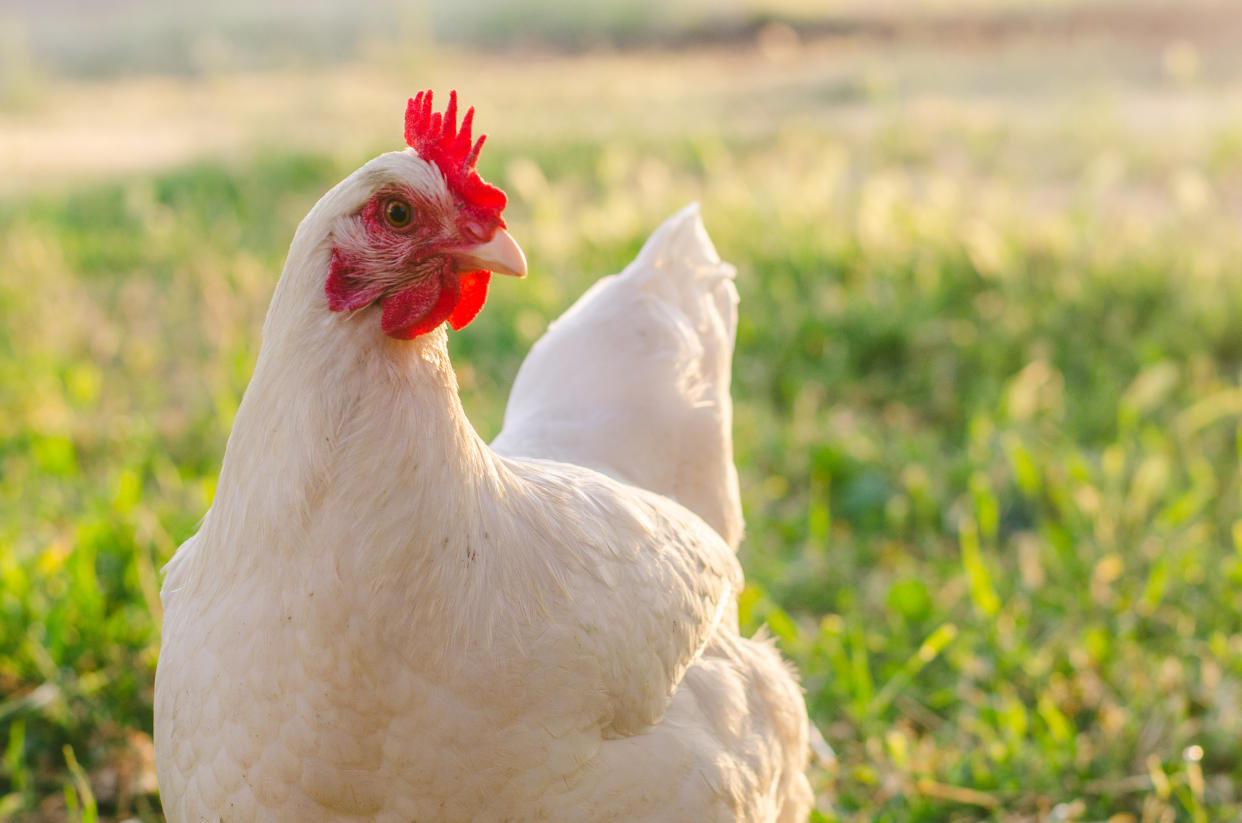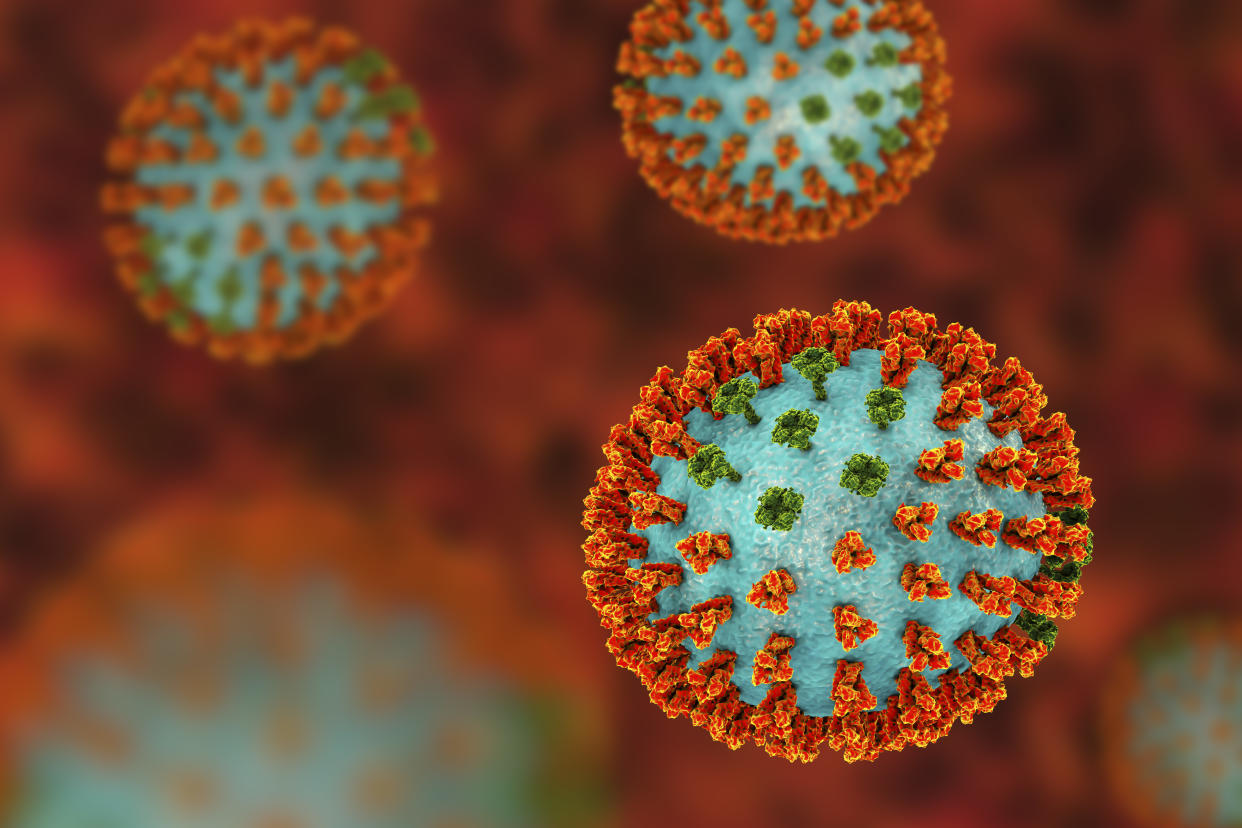First human infected with new bird flu strain in China
Watch: Bird flu strain reported in human in China
A man has caught a new bird flu strain in the first known human case.
The unnamed 41-year-old was admitted to hospital with a fever in the eastern city of Zhenjiang, China, on 28 April.
He was diagnosed with the so-called H10N3 strain one month later, Chinese officials have confirmed.
While it may sound alarming – particularly amid the coronavirus pandemic – the man is said to be in a stable condition and will be discharged shortly.
Read more: No concert-goers caught coronavirus at Barcelona's trial gig
H10N3 has been described as rare and "low pathogenic" among birds, with it being less likely to cause severe illness or death than previous strains.
The risk of a human outbreak is also "extremely low", officials have said.

China's National Health Commission confirmed the case via an online statement on 1 June.
"No human cases of H10N3 have [previously] been reported in the world," it said.
"This case is an occasional poultry-to-human cross-species transmission and the risk of a large-scale spread is extremely low."
Read more: Three adults have strokes after Oxford-AstraZeneca coronavirus jab
It is unclear exactly how the man caught the virus, with the case being described as "sporadic".
"Most cases of bird flu in humans are caused by extremely close contact with birds or bird droppings, for example, through close-contact farming, cleaning or plucking infected birds," said Dr Nicole Robb, from the University of Warwick.
When it comes to H10N3, there is no evidence of human-to-human transmission, with the man's close contacts experiencing no "abnormalities".
"Most avian influenza viruses aren't transmitted easily between humans," said Dr Robb.
"This is because they are adapted to spread well between birds. Bird flu viruses therefore need to acquire mutations to be able spread easily between humans."
Read more: Ethicists debate 'acceptable' level of COVID death
The World Health Organization has told Reuters: "As long as avian influenza viruses circulate in poultry, sporadic infection of avian influenza in humans is not surprising, which is a vivid reminder the threat of an influenza pandemic is persistent."

Bird flu strains occasionally infect people living in China, which is said to have many species of both the farmed and wild animals.
Infections can "jump" from animals into humans. For instance, the circulating coronavirus is thought to have originated in bats before jumping into humans, possibly via pangolins.
The pandemic's origin has been linked to a live animal market in the Chinese city Wuhan at the end of 2019. It is unclear if the virus jumped from an animal into a human at the market or an already-infected individual was present, leading to a super-spreading event.
The last major bird flu outbreak that affected humans occurred in China from late 2016 to 2017, with the so-called H7N9 strain being responsible.
H7N9 is said to have infected 1,668 people, killing 616, since 2013.
An outbreak of the H5N8 variant among birds is ongoing, leading to hundreds of thousands of poultry being culled in Europe. The first human case was reported in Russia in February.
This prompted the head of China's Centre for Disease Control and Prevention to urge for stricter surveillance at poultry farms and markets.
Watch: Bird flu strain reported in humans in Russia



